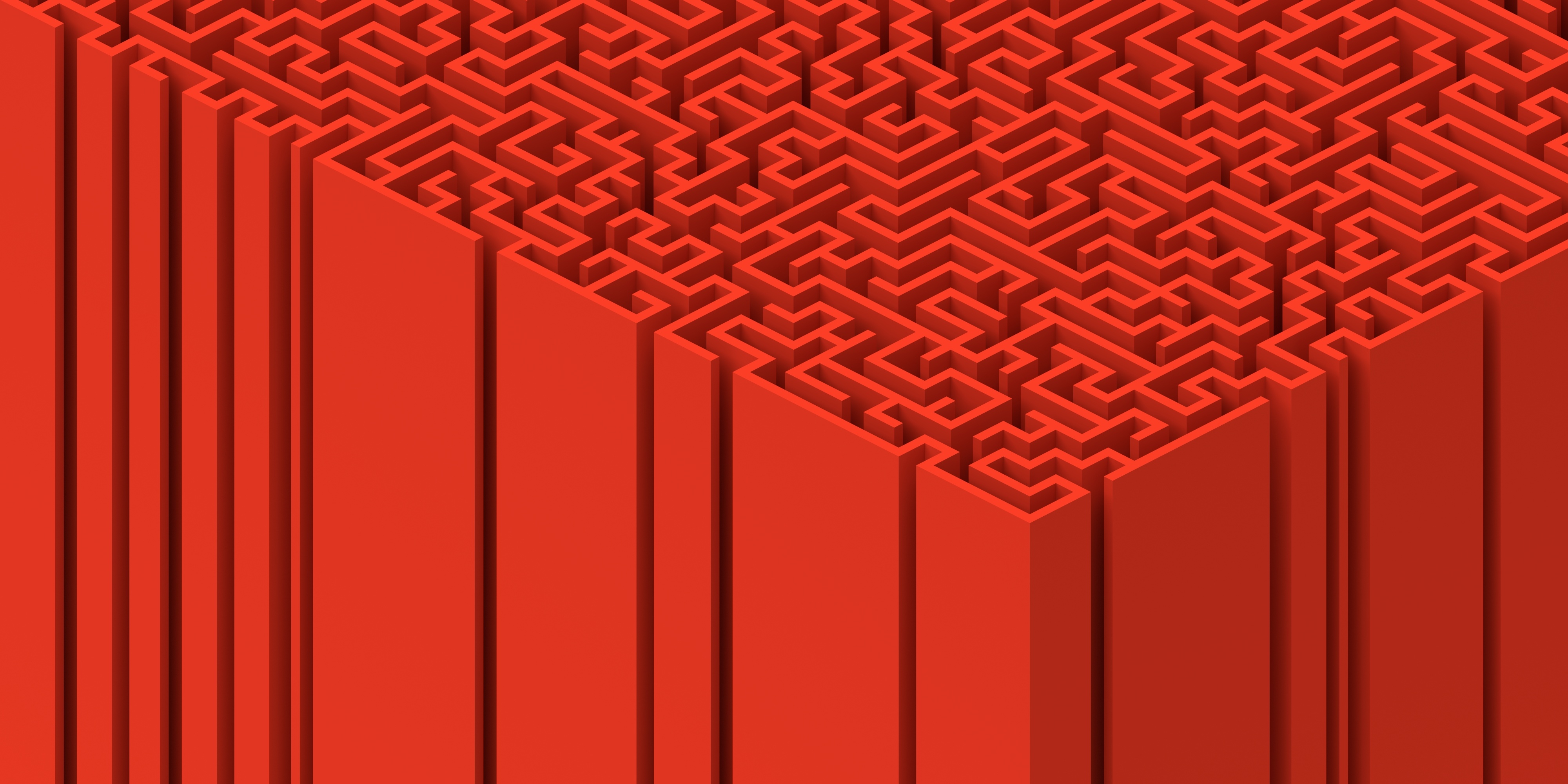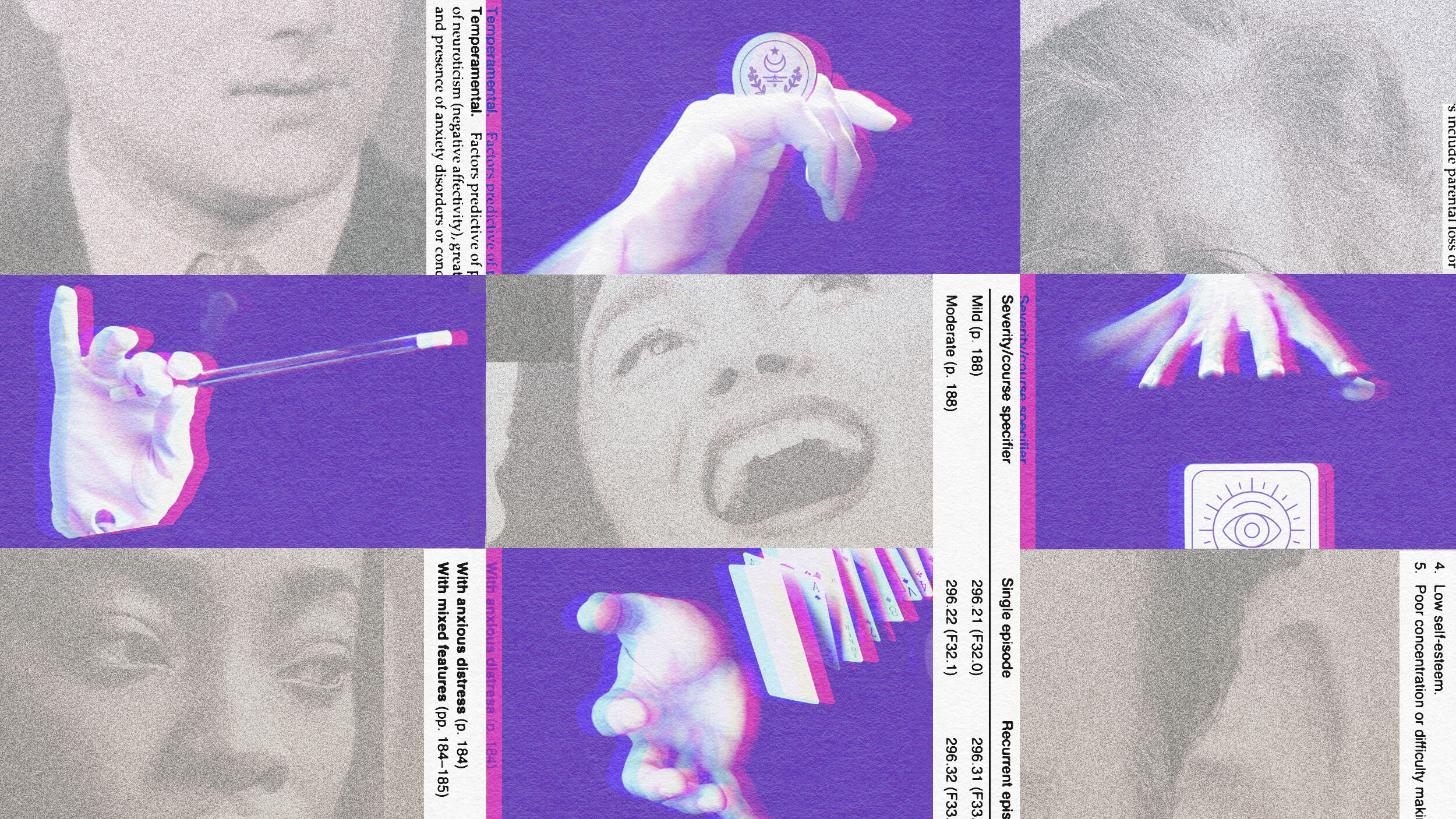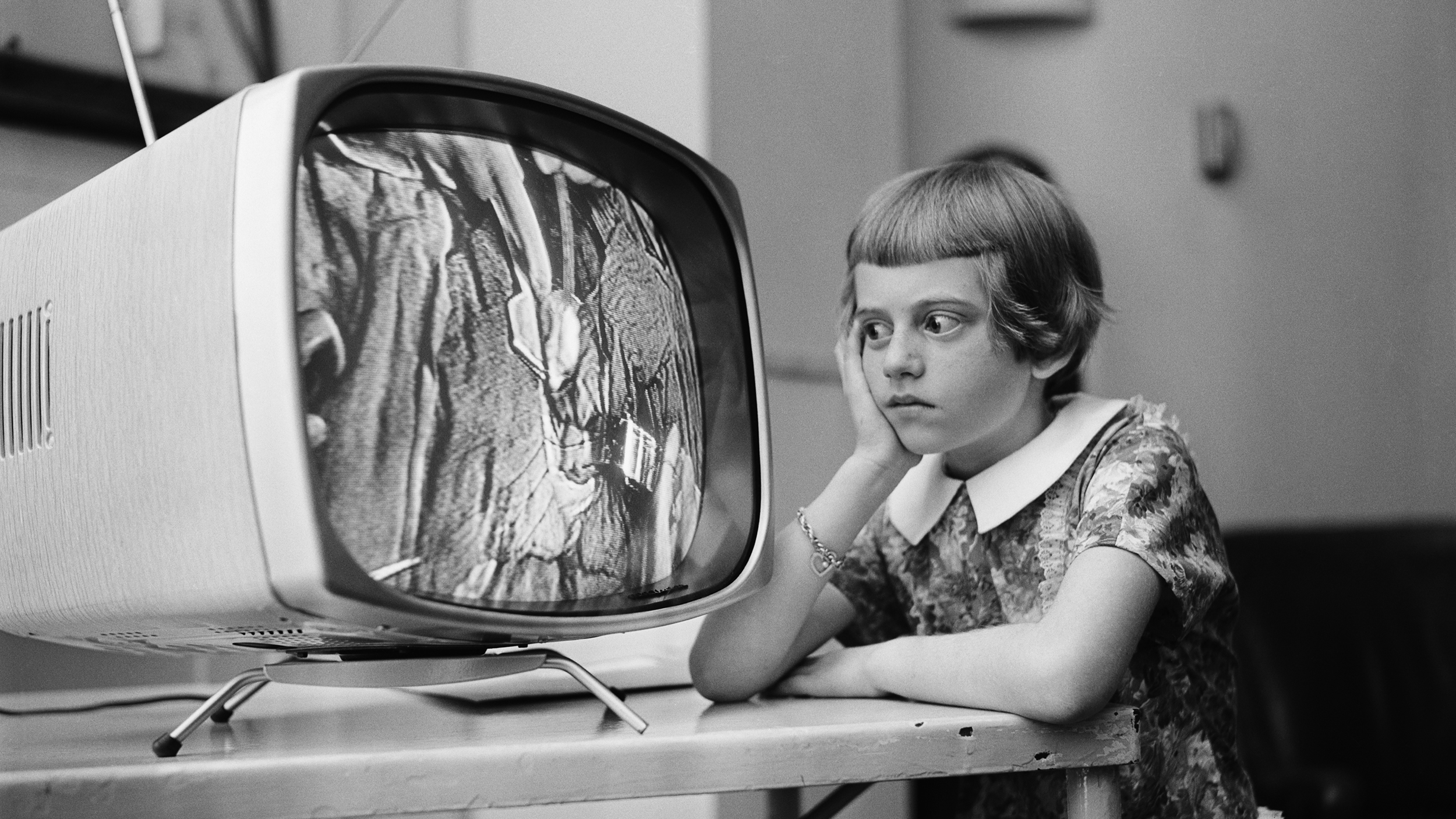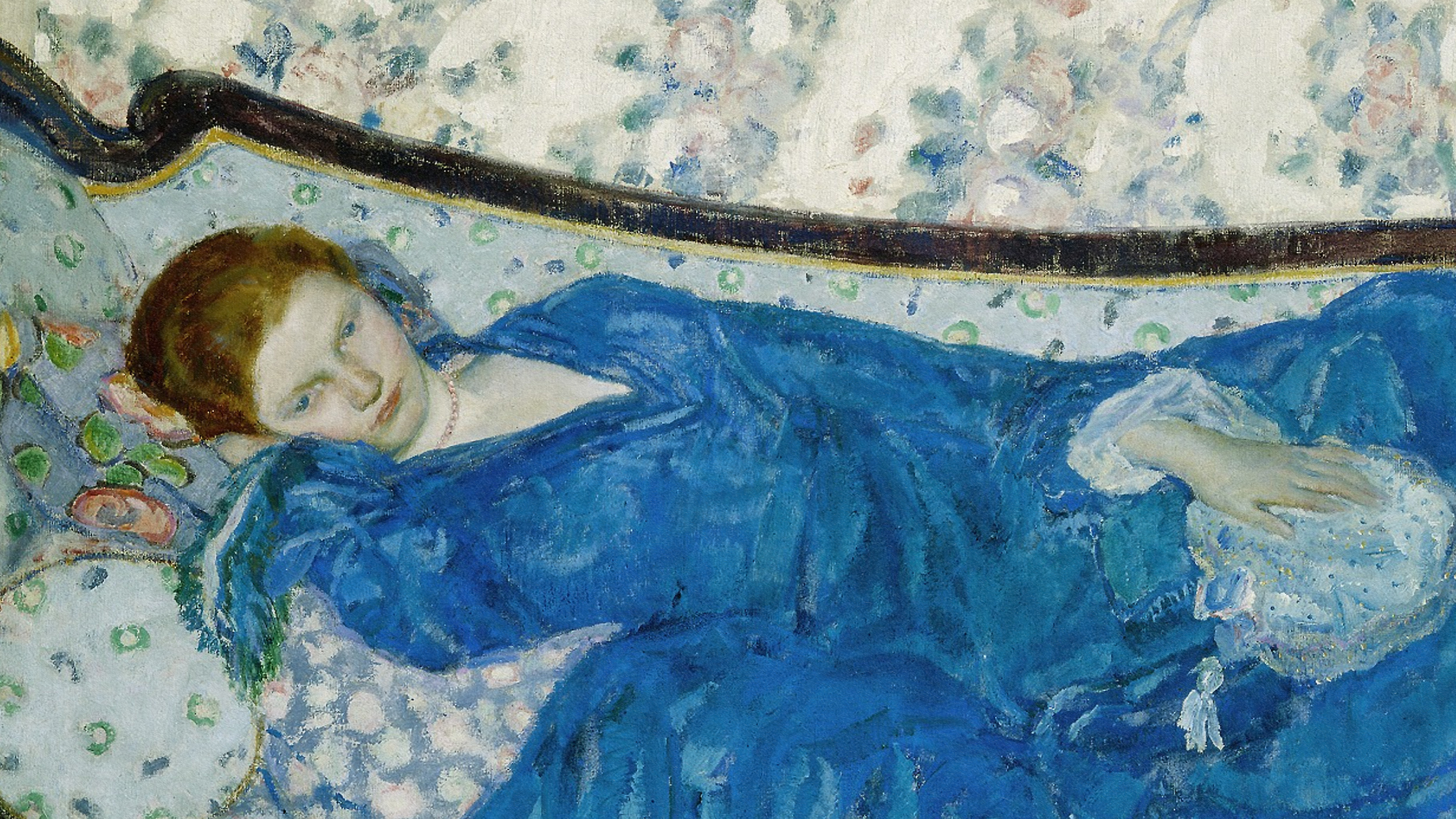DERREN BROWN: We all think we're terrible at remembering things, we all complain we can't remember faces or remember names. We can remember faces often but we can't remember names at a party and we all think we have terrible memories. So, the reality is I think we sort of imagine maybe that some people just have amazing memories and we have images of Meryl Streep who can supposedly just photo read her script. I think these things don't really quite exist in the way we imagine that they do. All memory techniques are based on the idea of working with what the mind already does, which is forming memorable connections between bits of information so we lock them together.
So, for example, to give you a practical example, everything like everything great goes back to the Greeks. This is an ancient Greek technique it's called the Loci system and you can use this if you need to remember any long list of things. I use this at night if I need to remember stuff I've got to do the next day but I'm too tired to write them down. So, here's what you do: It sounds like a lot of work but it isn't once you get your head around it. Have a walk that you know around an area that you can create in your mind very easily, so it could be your street, it could be the walk from the subway station to your house or whatever. And all you need along that area are a few set points that you can remember without having to think about it because you know there's always a zebra crossing there, there's a post box, mailbox, I'm probably using quite English expressions here, there's a certain store, there's a bush whatever just things that you're very familiar with.
Say the first thing you've got to remember is I have to take my suit to the dry cleaners and I've got to do that tomorrow so you have to make a bizarre image of that thing. Say a suit that is so clean it's sort of gleaming bright white that you can barely look at it and you attach that to this image of the mailbox so you imagine someone has dressed up the mailbox in a gleaming white suit or is trying to stuff it in but the light is shining out of the little slot, whatever, you just make a bizarre image that links the two and then you forget about it you don't need to think about it. And then the next thing you do at the next location and the next thing you do at the next location and so on. And as long as you've made those images as bizarre and ridiculous as I'm making them sound, which is what's important, all you do the next day is you just mentally walk down that route again and you go why is there a white suit? Oh yeah I've got to take my suit in. And then the next one maybe is, you know, you had to call your mother and what is it? It's a big shrub by the side of the road so there's your mother in there waving a telephone from the shrub and there's branches and leaves caught up in her hair whatever just a silly image that you don't forget. So, they would do this, and the bigger your area of locations are, the better. I did this with the history of art I used to read a lot around the history of art and I was sick of forgetting about it so I know the city of London fairly well so I just took the route around the center of London that I know well, which would give me about 600 different locations and then starting in Greek St., for example, which is a city in London I started there with the ancient Greeks I would place these bizarre images at little locations so I could, by walking around this route, I could recreate the history of art as I knew it from the books that I had read. So, you can expand this thing or you can keep it small and manageable. So, that's a really good system for remembering lists.
If you want a couple of others that are probably a little briefer to describe, if you want to remember names at a party, and I don't particularly enjoy parties, so I always tend to do this because it gives me something to do, you find a link between the person's name and something about their appearance, what they're wearing, their face, their hair, something. So, you do have to listen that's the first thing when they say the name. Normally the very moment where someone is giving you their name you're just caught up in a whole lot of social anxiety anyways you don't even hear it so you have to listen. You find a link with something that they're wearing so if they're called Mike and they've got big black hair you think oh that's like a microphone so I can imagine like a big microphone walking around or if they've got a stripy T-shirt on you imagine a microphone with those stripes going around it. And it's the same process later on in the evening you see them, you look at the stripes and you go oh that's Mike. Oh yeah that's Mike. The hair, why am I thinking the hair is like a big microphone? Oh yes of course they're called Mike. And while the party dips and you're a bit bored you look around the room and see if you can do everyone's name and then you've got a couple of minutes to sort of try and recreate it if you can't quite remember. Oh yes of course it's the jacket. They've taken their jacket off that's why I can't do it so I'll link it with something else. And then at the end you get to go around and say goodbye to everybody by name and everyone thinks you're very charming and clever.






